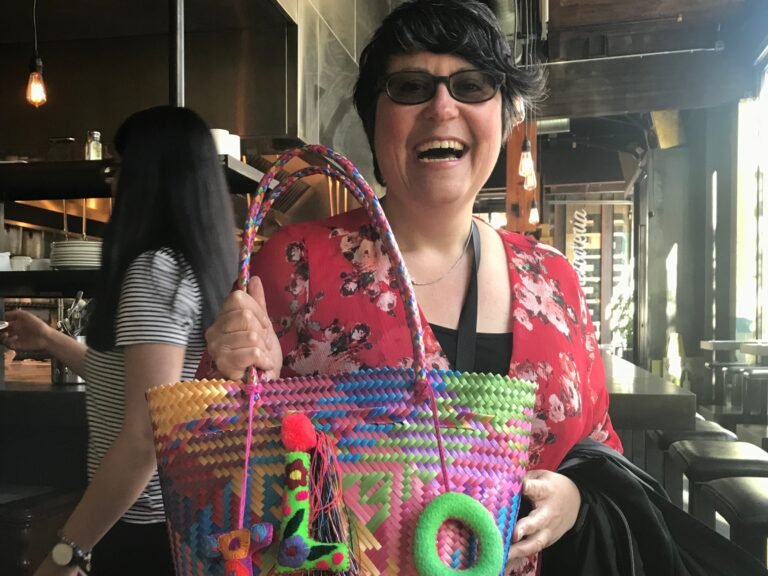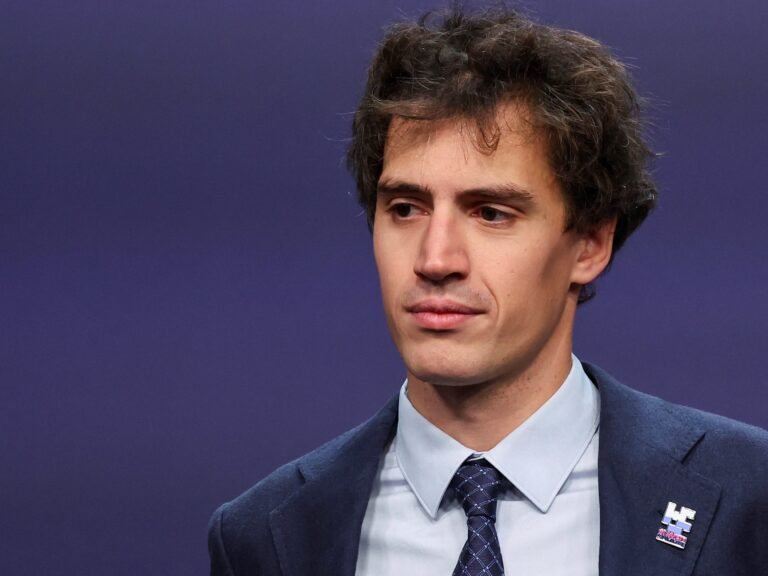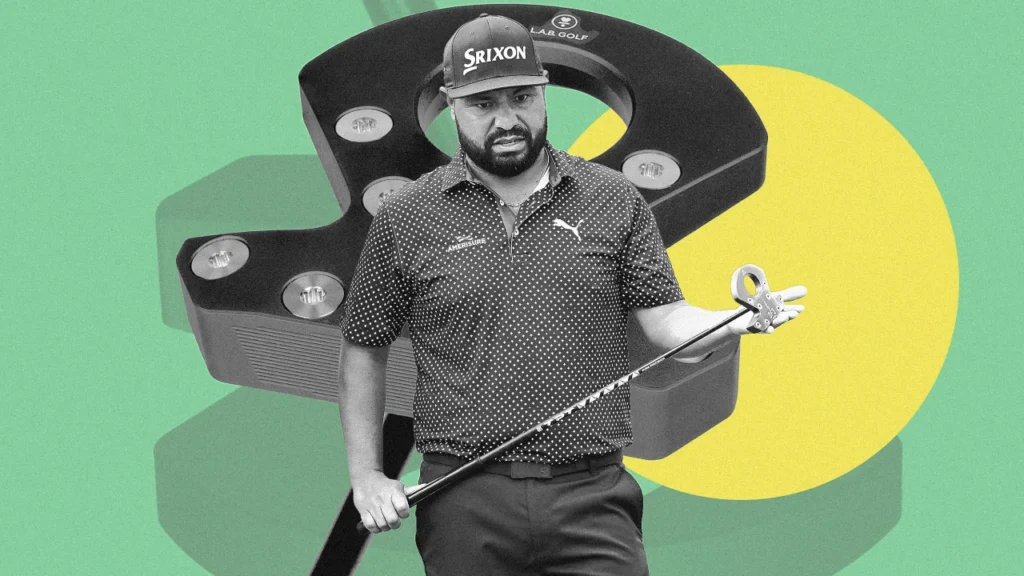
On Sunday, J.J. Spaun sank a 64-foot putt to win the U.S. Open, one of the PGA Tour’s four major tournaments. Over the final seven holes, he made more than 136 feet of putts, including that curling 64-footer on 18. He was the only player to finish the U.S. Open under par, and it was his first career major win. It was also the first major win for L.A.B. Golf, the boutique manufacturer that outfitted Spaun with his DF3 custom putter.
L.A.B. Golf is the new company shaking up the putter circuit, and its innovation is simple. Traditional putters have shafts that attach in front of the clubface or at the heel, creating twisting forces during the stroke. L.A.B. putters position the shaft directly through the putter’s center of gravity, behind the face, the shaft stabbing the putter head like a toothpick spearing a square of cheese. This creates a nontraditional forward shaft lean that eliminates torque and helps the face naturally stay square throughout the putting motion.
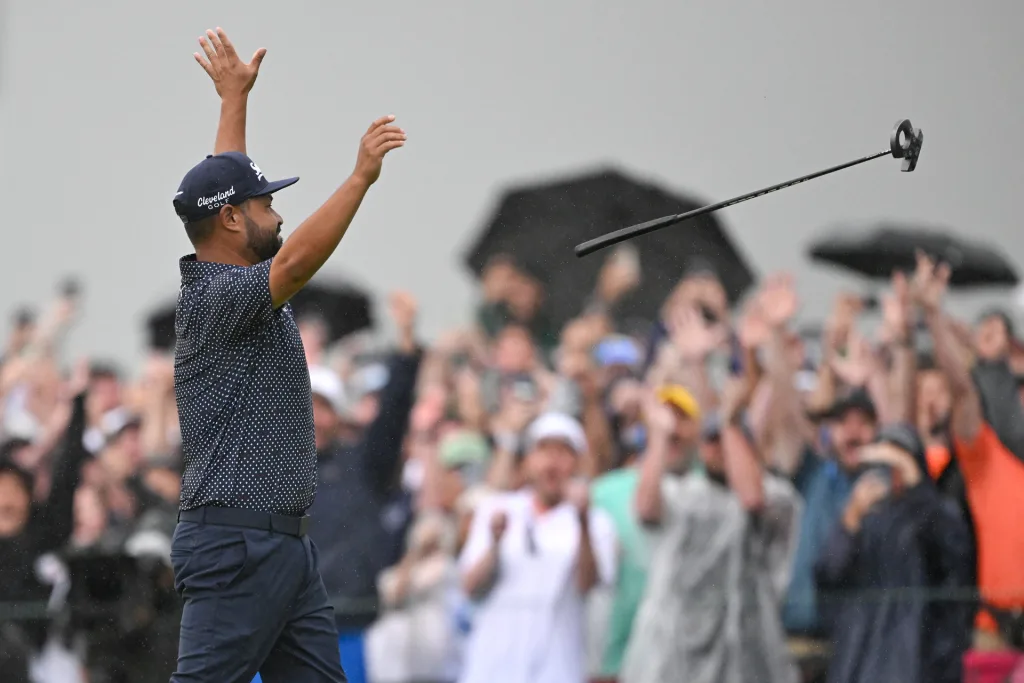
“Every other putter you’ve used, you’re trying to keep it square,” Sam Hahn, L.A.B. Golf cofounder and CEO, says. “With L.A.B., you’re trying to let it stay square. So it becomes more like so many other stroke sports out there—throwing darts, shooting a free throw, throwing a ball—where you’re not thinking about managing the instrument, you’re thinking about the target.”
The company has been built on one simple philosophy: Putting doesn’t have to suck.

An accidental garage innovation
In 2014, a Reno-based club builder named Bill Presse made an accidental discovery in his garage. While testing new designs, he stripped the grip from a putter, and when he grabbed the slick, ungripped shaft, his hand slipped and the putter face flopped open, almost instinctively. The putter head wanted to twist and turn on its own.
This sparked Presse’s curiosity. Using a makeshift device crafted from a crutch and fishing wire, he tested every putter in his collection to see if any would remain square when properly suspended. None did. So he drilled holes in dozens of putter heads to find the precise shaft placement that would eliminate the unwanted rotation.
This led him to design (and patent) the first lie angle balance putter, the Directed Force. He sold his L.A.B. putter directly out of his garage and at golf events and showcases.
A key early adopter
In 2017, Hahn acquired one of Presse’s putters from a golf instructor and experienced dramatic improvement on the greens. (For you golf nerds, he went from a 1 handicap to plus 3.5 in six weeks.) Then, the club’s head fell off. When Hahn called customer service and sent in his broken L.A.B. putter, Presse personally called to apologize.
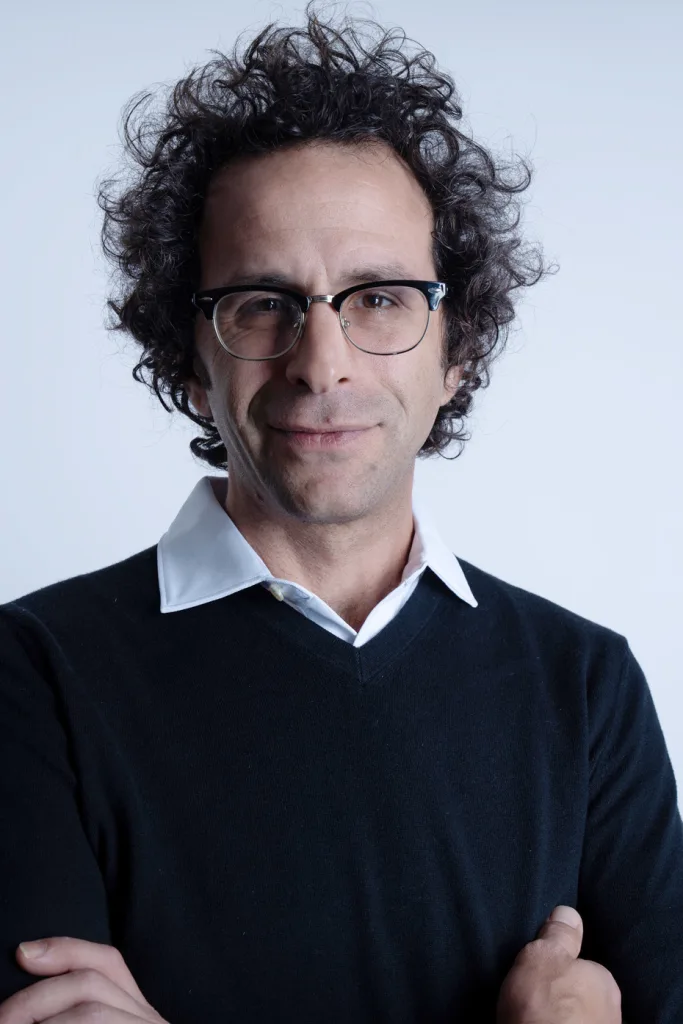
“We hit it off instantly,” Hahn says. “We talked for hours on the phone and learned that we’re kindred golf spirits.”
A few months later, Bill’s club-making company was struggling and was about to close its doors. Hahn, a music venue owner in Eugene, Oregon, and a closet golf addict, saw an opportunity and partnered with Bill in 2018 to form L.A.B. Golf.
“The lie angle balancing concept was there, but nothing else really was,” Hahn says. “The marketing wasn’t there, the manufacturing wasn’t there, the infrastructure, the branding, the general vibe—there simply wasn’t a company there. But there was a concept.”
The L.A.B. Rats
With no marketing budget, L.A.B.’s growth had to happen organically. Hahn spent time jumping between golf forums and online groups, explaining the physics behind lie angle balance and taking a humble approach when skeptical golfers said their putters looked like branding irons.
“We knew we had to be a little self-deprecating and a little humble at first when we were out there making some pretty bold claims,” Hahn says.

Then, in 2021, Hahn discovered something unexpected: Two L.A.B. customers had created a Facebook group for L.A.B. fans. The group exploded into a thriving community where golfers share putting tips and success stories, many singing L.A.B.’s praises. Hahn and his team began engaging with members, answering questions, and gathering feedback to inform their product design. It’s a real-time focus group that Hahn and his team have leveraged to not only continue to iterate and innovate, but to build putters that golfers actually want to use.
“I log on to Facebook at night and see what’s going on,” Hahn says. “So when we sit in a product meeting and try to figure out what we should do next, it’s easy, because the customers are telling us every day what they want next.”
Today, the group has been rebranded as the “Lab Rats.” It has more than 32,000 members and has been a critical component of the company’s organic growth in popularity among amateur golfers.

L.A.B. cracks the PGA tour
Pro golfers are notoriously traditional and skeptical toward innovation. Yes, there are outliers, like Bryson DeChambeau, a famous tinkerer who has even used 3D-printed irons.
Then there’s Adam Scott: 2013 Masters champion, former World No. 1, and son of a club manufacturer.
Scott first saw L.A.B. design in action during the 2019 Pebble Beach Pro-Am, when surfing legend Kelly Slater used the Directed Force to dominate putting competitions.
“Kelly rolled it better than anyone in our group—the two pros, the other amateur,” Scott recalls. “You couldn’t help but take notice.”
Scott began using the putter on the Tour in 2019, pivoting to the L.A.B. Golf Mezz.1 putter in 2022. The following year, Scott’s curiosity evolved into collaboration when he and Hahn met at the L.A. Country Club for a couple of beers, talking putters and sketching designs on cocktail napkins.
The result: the L.A.B. OZ.1.
“The initial inspiration for the OZ.1 started far away from putters and was more about classic, timeless designs that I like, like a Porsche 911 or a Rolex Datejust watch,” Scott explains. “That was the starting point, and then the nice thing was that we got to include some of the real L.A.B. look in this more conventional design.”
Scott became L.A.B.’s first official brand ambassador, and it’s easy to see why. Since switching to L.A.B. putters full-time in 2022, Scott has achieved remarkable consistency, ranking 19th and 27th on tour in strokes gained putting the last two years, a significant improvement from his previous putting struggles that once saw him rank as low as 188th.
And when one golfer tries something new and has success, others take note.
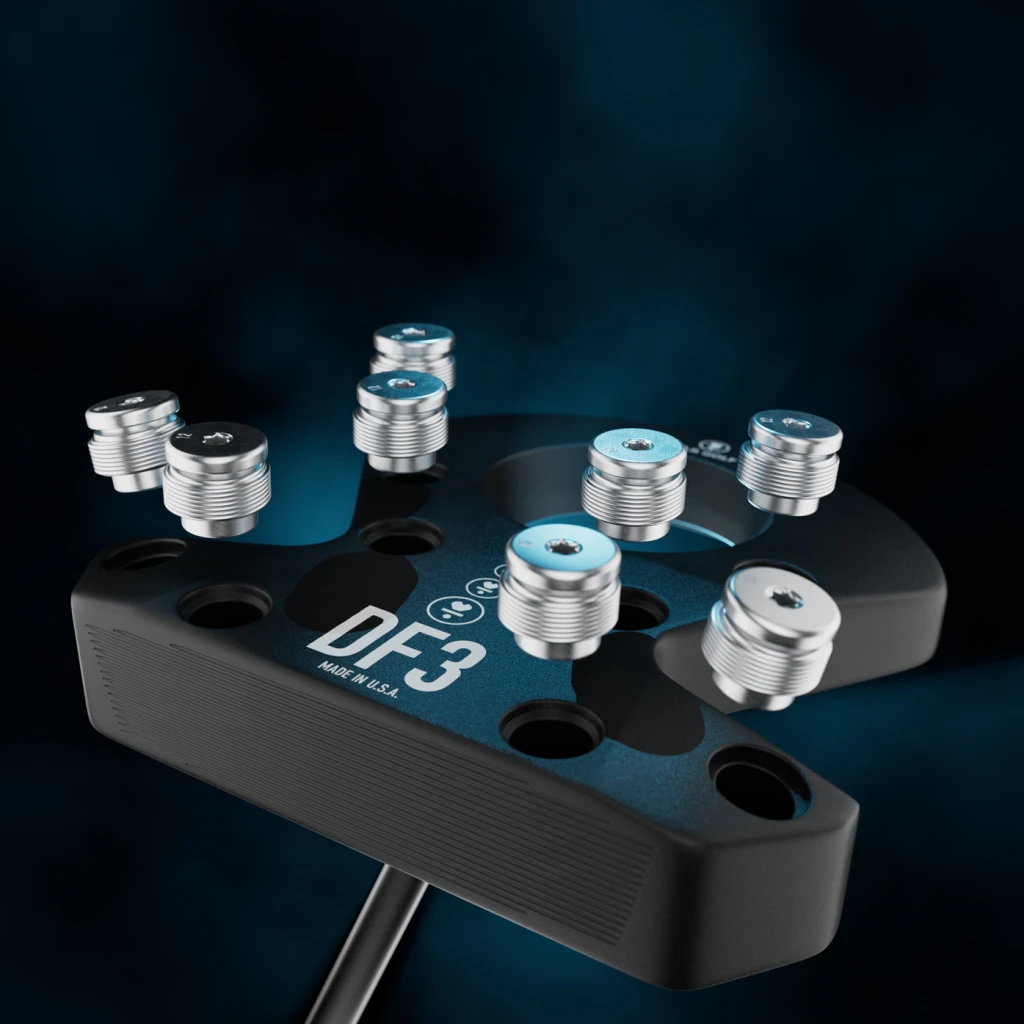
The Putter that won the U.S. Open
Phil Mickelson, Rickie Fowler, and Lucas Glover are among roughly a dozen PGA Tour pros who have used L.A.B. putters. With them, of course, is Spaun, who wielded L.A.B.’s DF3 model on Sunday, a refined version of the company’s original Direct Force design.
Span’s specific setup includes a 34-inch length, 70-degree lie angle, TPT graphite shaft, and two-degree shaft lean customized with a blacked-out Scotty Cameron grip. The putter paid dividends throughout the tournament, where he gained over 10 strokes on the field with his putting—the second-best performance in the tournament. His final-round heroics included not just the tournament-clinching bomb, but also crucial birdies from 40 and 22 feet on the back nine.
“It’s been really good for me lately,” Spaun said in a press conference earlier this year after The Players Championship, where he lost to Rory McIlroy in a playoff. “Hopefully it keeps doing what it’s supposed to be doing.”
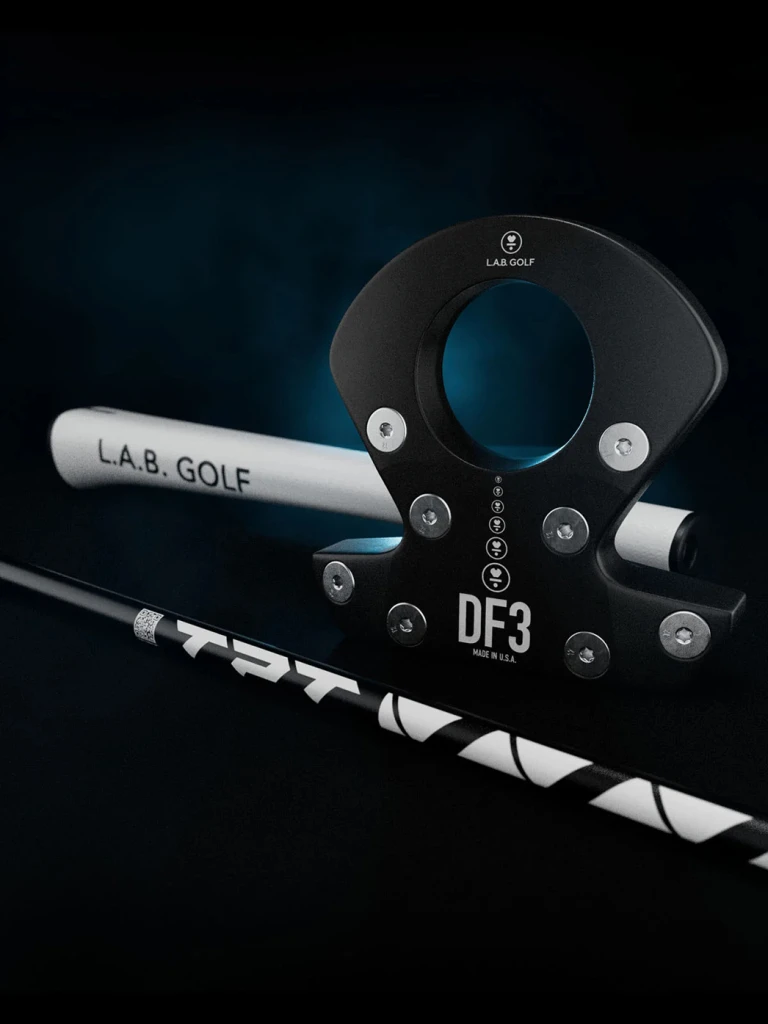
Spaun’s win puts L.A.B. on the map
L.A.B. placed two players in Sunday’s final groups with Spaun and Scott each starting the final round in the top four, demonstrating the technology’s growing acceptance among golf’s elite performers, despite resistance from both players and manufacturers.
“The whole environment is wildly competitive, cutthroat even,” Hahn says. “The other reps actively work to keep their product in people’s hands, and they don’t like it when nobody from nowhere starts taking market share.”
Still, performance trumps politics. In addition to the dozen players on the Tour who have used L.A.B. putters, the company’s European tour rep reports 16 putters in play on the DP World Tour, signaling the putter’s slow but steady adoption.
Spaun’s U.S. Open win is yet another windfall for the young company looking to earn a larger share of golf’s massive equipment market, valued at $11.7 billion globally in 2025. The company itself has grown anywhere from 150 to 300% every year since inception, according to Hahn, quadrupling its employee headcount to 225 over the last two and a half years. Sales tripled in both 2023 and 2024, and the company is currently on pace to double sales in 2025, though Spaun’s win could accelerate that trajectory.
And they’ve done it all while maintaining complete financial independence, and by defying conventional industry wisdom about marketing and endorsements—which Hahn says they’ll continue doing, as long as it keeps working.
“We don’t create product in the name of growth,” Hahn says. “We create product in the name of making a better product. The growth just kind of takes care of itself if you honor the consumer.”

